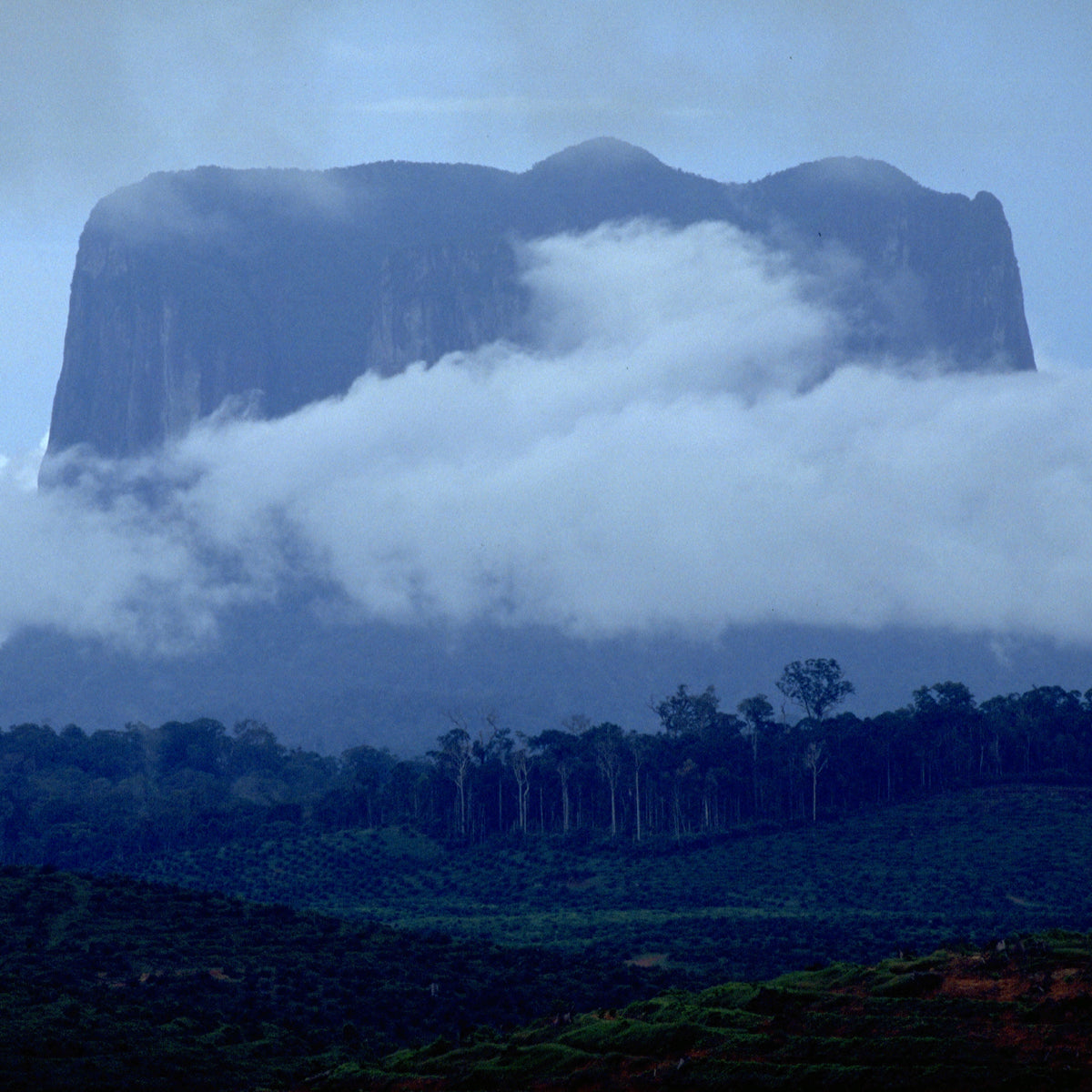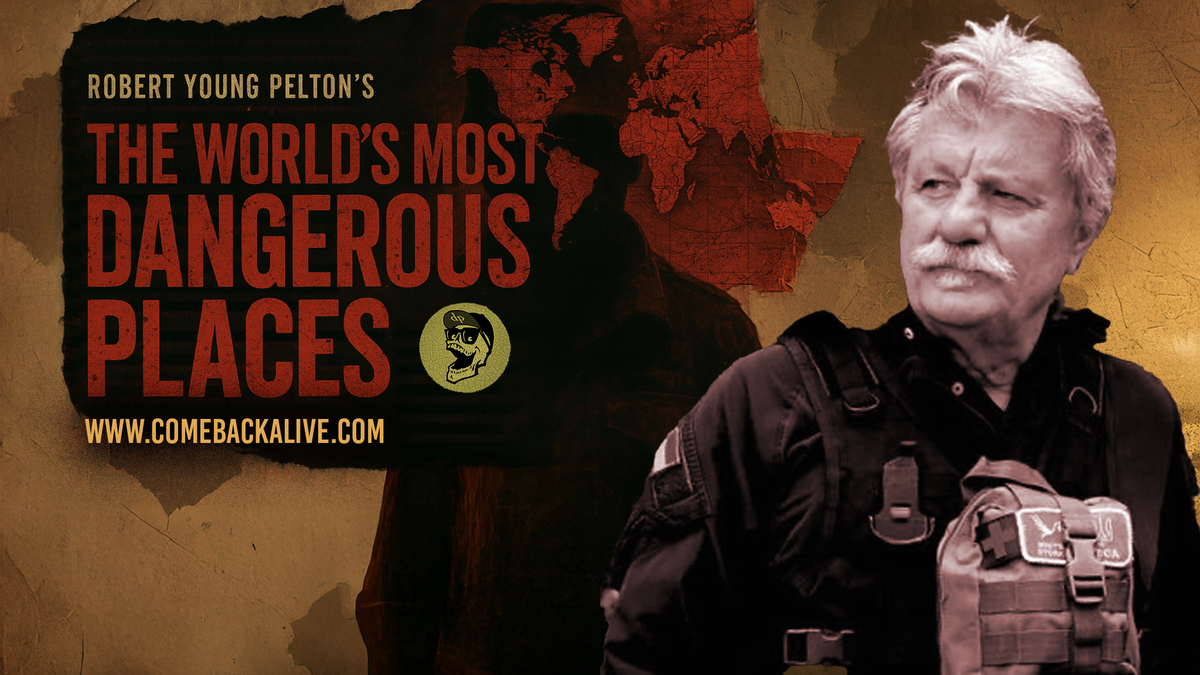
Jungle Slumber: RYPs Tips And Essential Equipment to Keep You Comfortable
SLEEPING IN THE JUNGLE
Sleeping in the jungle is probably one of the most unpleasant parts of tropical travel. Like clockwork, the rain pours at night along with some insects that go off at 6:30pm sharp, later on rodents, insects and all manner of large and unnamed species will crawl, flutter, slither and hop into your life.

Pelton says of jungle sleeping arrangements: "Although I spent years sleeping directly on the ground usually with a tarp, I would not recommend it for the squeamish. In some jungles, you can actually drown if you don’t pick your spot wisely. Worse is the relentless pursuit of biting or stinging insects to explore every inch of your body. Not to mention how miserable it can be to unglue yourself from the mud at dawn."

The ideal method of sleeping is to copy the locals. Use a hammock but one that has a bit of western technology thrown in. I now swear by the SAS style jungle hammock with built in bug screen and an overhanging tarp. All you need is some rope and carabiners depending on the location. A cheap fleece blanket and your headlamp and you are good to go.
STAYING COMFORTABLE
Once you find a comfortable spot that has water but is high enough not to be flooded (look for signs of flooding, which include silt, and vegetation brushed in a downstream direction), you should build a simple platform. Make sure you are not along any pig trails or wallows which guarantee ticks….and hundreds of pigs moving at night. Keep your headlamp and footwear ready in case something comes crashing through the brush (like elephants in places like Borneo) and be prepared for stinging wasps and slippery conditions. The one dry, one wet rule works well. Sleep in your dry clothes and slip into your cold damp clothes during the day. I am not a fan of insect repellant but even if you sleep on the ground it doesn’t hurt to bring a small head sized tent. I have been on at least three expeditions in which others came down with malaria and I didn’t. Mosquitoes can kill if they are vectors for disease.

Mosquitoes usually don’t venture above twelve hundred meters but they will be your constant friend along with biting ants, stinging caterpillars and leeches.
If you don’t feel like using a hammock but have a tarp, you can run a single stick underneath it and keep it directly above you and tuck it underneath you. The weight and intensity of the tropical rains are such that your tarp should be as low and as steep as possible to effect runoff and avoid puddling. Built a platform of leaves, ferns and dirt to add a little separation from the mud.


Reuben Bolieu uses his DPx HEFT 12 CHOP to chop bamboo & make a jungle bed in the Phillipines.
Follow on Instagram @reubenbolieu
The ideal method of sleeping is to have a jungle hammock that comes with a built-in mosquito net and overhanging tarp. It is advisable to also provide some shelter via thatched palm or branches to break the force of the rain above your hammock.

As far as a combo hammock/mosquito net is concerned, this Jungle Hammock is my recommendation. It is made from 20D Polyester - a parachute nylon, has a fine "no-see-um" mosquito mesh and has a hefty weight limit of 400 pounds. It is super easy to use and comes with hardware to mount it to trees.
The basic tools for jungle travel should always include a cheap local parang (a machete used not for slashing your way through the bush but for building campsites), a large-capacity water container with built in water filter, a proper pair of jungle boots (cheap canvas with deep lugs and water drains) coupled with a pair of rafting shoes for use around camp, a form of disinfectant, malarial prophylaxis (doxycycline is my favorite) , and, of course, a good guide who will carry your gear, regale you with almost true stories, and make your trip enjoyable.
For those who spend a lot of time on expeditions or in the bush I designed theThe DPx HEFT 12 CHOP as the perfect camp knife. Not a cheap piece of Toyota spring steel but 12 inches of razor sharp Sleipner steel. Built to slice food, cut down poles, clear brush and even shave. The CHOP is a must have. I also recommend a smaller work knife for eating or fine work. The DPx HEST 6 or HEST Original are perfect. Remember to bring rope, carabiners and real fire starting materials for the wet fuel.
You might enjoy a jungle story from one of my earlier expeditions, "Into The Lost World of Borneo" from The Adventurist.
Leave a comment
Comments will be approved before showing up.
Also in News

Beyond Black Ops: Ric Prado’s Life and Untold Stories of Espionage
Robert Young Pelton sits down with Enrique “Ric” Prado, a decorated CIA officer whose covert work shaped decades of U.S. paramilitary operations. Known for his leadership in the Contra War, counterterrorism missions, and the development of modern “find, fix, finish” kill teams, Prado’s life reads like a spy thriller. Pelton and Prado share a mutual friend, CIA legend Billy Waugh, who goes beyond what was allowed in his best-selling book and takes the audience into uncharted, dangerous, and never-before-discussed territory.

The World's Most Dangerous Podcast is Here
When Reza Allahbakshi, a survival instructor and journalist, first picked up a battered used copy of The World’s Most Dangerous Places, he didn’t expect the man behind it to be so complex. Pelton, the author in question, isn’t just a writer — he’s a lumberjack, marketer, blaster’s assistant, television host, and, most notably, a relentless and fearless explorer of the globe’s most volatile zones.
In this rich and often philosophical conversation, Pelton pulls back the curtain on his origins.

DPx Gear Releases the DPx HEST/F 4.0 Ti
It is a rare moment when a product, a designer, and a legacy blend into one perfect moment. Robert Young Pelton has been working and living in the bush, war zones, and dangerous places since he was ten. He designed his first knife in 2008, and 17 years and over two dozen patents later, he is still perfecting the Hostile Environment Survival Tool—a proven design that is beautiful, ergonomic, dependable, and functional. In that obsession lies an ancient concept of elegance, form, and function, designed to be used roughly and to age with grace. This is a perfection of that vision.

